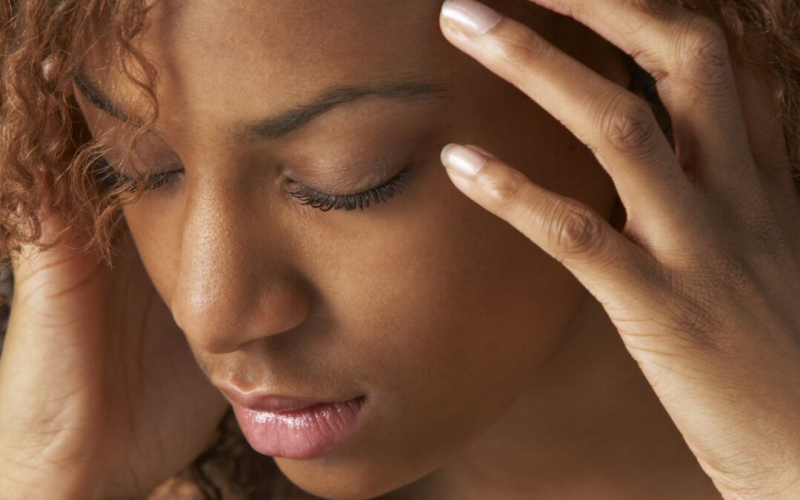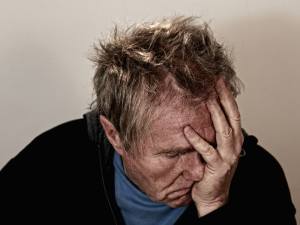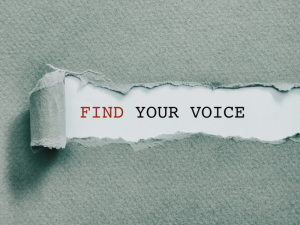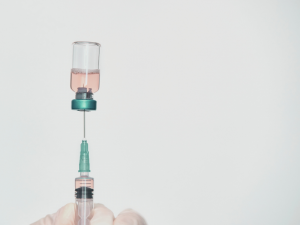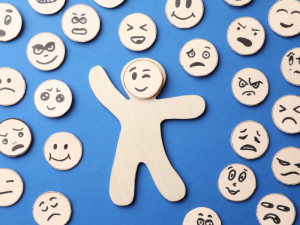Persistent and chronic headaches can be can affect every aspect of a person life; work, relationships, family and friends, and may disrupt social and travel plans at short notice. People living with frequent headaches are also at increased the risk of depression and other mood disorders.
As mentioned in the previous headache post (headaches and head pain explained), headaches are often poorly understood, so recognising patterns or triggers (foods, smells, stress) can help identify the causes of headaches helping both the patient and their doctor or specialist choose the most effective treatment and make useful lifestyle changes.
Causes of headaches
- Changes in circulation, blood flow or trauma can be factors
- Problems with the eyes, ears, nose throat, teeth, sinuses, and jaw can also be associated in chronic headaches.
- Alterations in brain chemistry may also be a factor in some headaches: these could be from medication reactions (headaches and head pain explained). Medication withdrawal and drug abuse are other considerations The National Institute for Health and Clinical Excellence (NICE) state that over-medicating is a significant factor in the increasing incidence of chronic headaches.
- Conditions such as Hypothyroidism, Meningitis, Glaucoma, Dental pain or Sinus infection can cause head pain including headaches
- Headaches due to medications reactions have been recorded from people taking; oral contraceptives, HRT, high blood pressure (hypertension) and some cardiac medicines and those used to treat erectile dysfunction.
If you have concerns, see a doctor. Please do not stop taking prescribed medication without medical advice.
Headache red flags
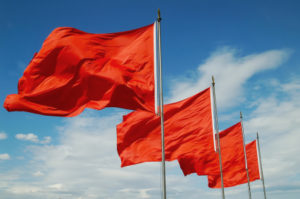
“Red flag” symptoms mean that an illness warrants urgent further investigation. With headaches and head pain these signs and symptoms include;
- A very sudden onset very severe headache also known as a “thunderclap headache”
- Headaches increasing in frequency and severity
- A positional headache, one that substantially changes in intensity with changes in position, e.g. moving from standing to lying down or vice-versa.
- A headache with signs of other illness such as fever, stiff neck or rash
- A headache with the inability to move a limb, or changes in personality, consciousness, or mental status
- A headache triggered by a cough, exertion or while engaged in sexual intercourse.
- A severe headache following head trauma
- New onset headache after the age 50
- New onset headache in an adult with suspected cancer.
- A significant increase in headache frequency or significant change in headache characteristics
- A headache that never seems to goes away.
If these symptoms occur out of hours, call 111 or 999 for advice or pop along to an urgent care centre or A&E.
Home management
A doctor should assess any unusual or a new headache.
In most instances, a headache is not dangerous, or a sign of a severe or life-threatening illness which means most can be safely self-treated. Rest, staying well hydrated and taking over-the-counter (OTC) medications may be helpful, in moderation.
Self-massage around the temples or neck muscles may be helpful, using warm compresses or heat packs is often soothing, may relax tight muscles and improve blood flow.
People with a history of migraine headaches often have a home treatment plan with prescription medications designed to prevent or stop an attack.
Medical Treatment
Treatment depends on the underlying cause and type of a headache; typically it involves pain medication, other prescribed drugs and lifestyle changes. Current evidence shows that an interdisciplinary approach works best in tackling head related pain conditions. Physical therapy such as massage, biofeedback, and stress management can all be efficiently used as adjuncts to help with control of many types of headaches.
Headaches and osteopathic treatment
Prolonged muscle tightness can result in the joints and nerves in the neck and shoulder becoming compressed leading to reduced blood and lymphatic flow. The resulting decreased circulation then affects oxygen delivery to the brain and prevents waste product removal, creating a cycle of pain and discomfort.
Osteopathic treatment is particularly useful and recommended for treating headaches which originates from the back of the neck particularly the cervicogenic headaches, or occipital neuralgias which are usually caused by tension in the muscles in the upper neck or at the base of the skull which results in nerve irritation. Treatment aims to restore function and mobility, releasing tight or spasmed muscles, improving blood supply, drainage of body fluids and increasing movement.
Summary
Headaches are a complex condition with a wide variety of signs and symptoms, which can vary from person to person. Although a distressing problem for many people and a nuisance for others, less than 5% of people who seek emergency treatment for a headache have a serious underlying condition.
Disclaimer:
Please note: This article is for guidance only, and should not be considered a substitute for medical advice, diagnosis or treatment given in person by an appropriately trained health professional.
730
SaveSave
SaveSave
SaveSave
SaveSave
SaveSave
SaveSave
SaveSave
SaveSave
SaveSave
SaveSave
SaveSave
SaveSave

